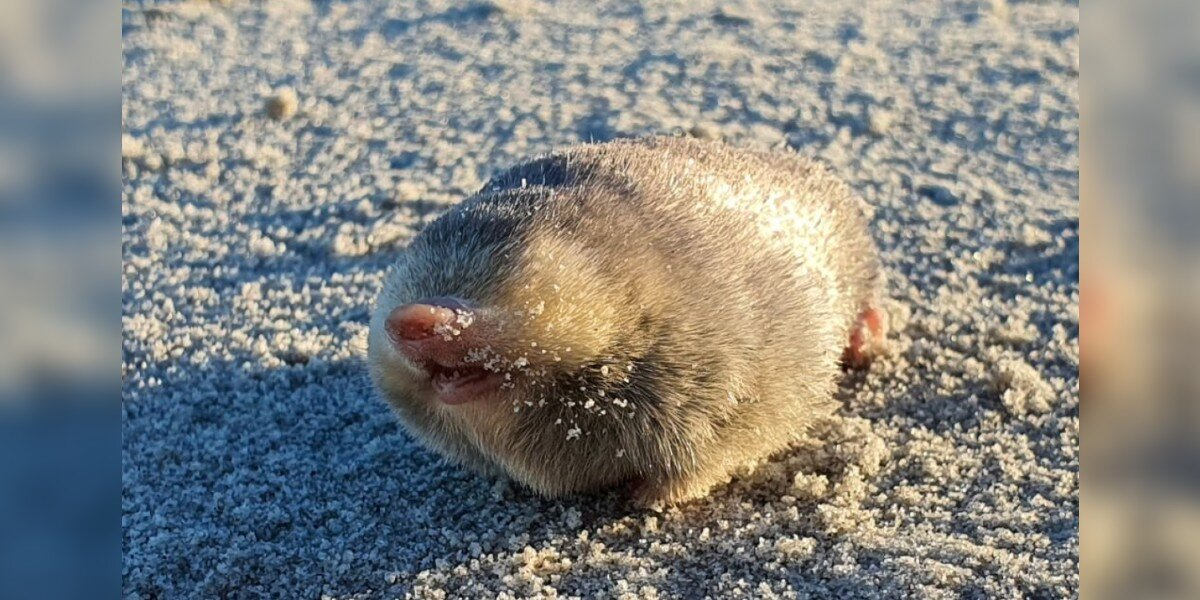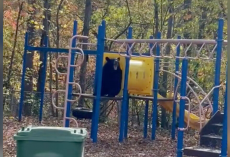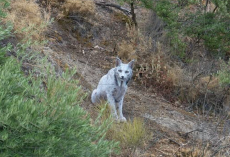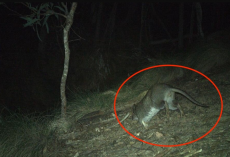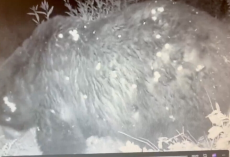In the windswept dunes of South Africa, a team of researchers made a discovery so extraordinary it stopped them in their tracks.
For nearly nine decades, scientists believed this tiny, glimmering creature had vanished forever. But as it turns out — De Winton’s golden mole was simply hiding.
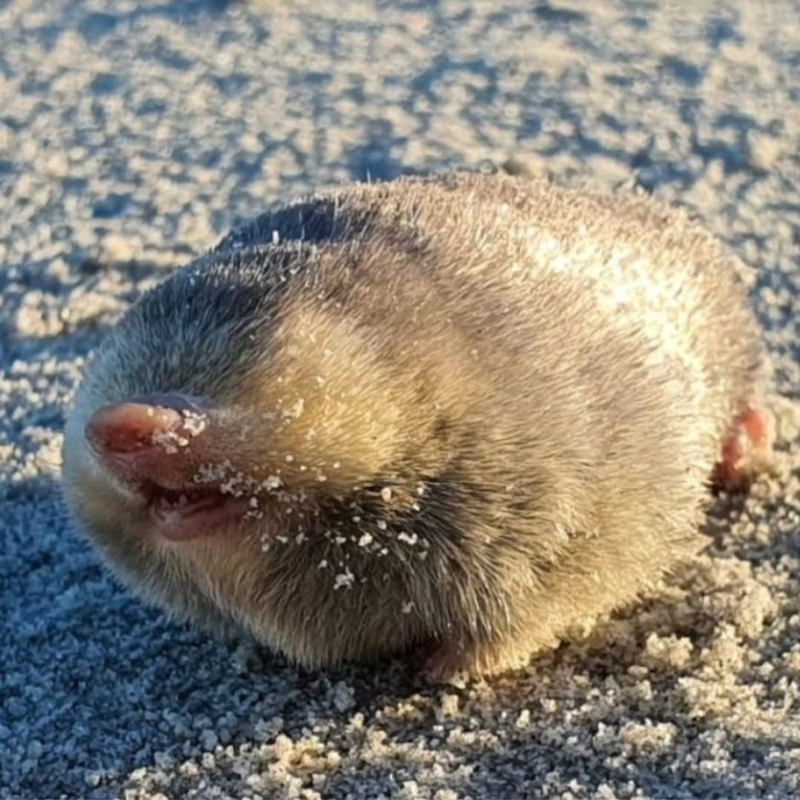
The last recorded sighting of the species was in 1936. Since then, it had slipped from view, leading many to assume it had gone extinct. Now, a new study published in Biodiversity and Conservation reveals that the elusive mole may be far more widespread than anyone imagined.
Small enough to fit in your hand, De Winton’s golden mole shimmers with an iridescent sheen — a trait that earned it its name. But what makes it truly remarkable is how it moves. The mole doesn’t dig in the traditional sense; instead, it swims through soft sand, gliding silently beneath the surface of the coastal dunes.
“Golden moles are elusive little animals that spend nearly their entire lives underground,” said molecular biologist Samantha Mynhardt in an interview with Scientific American. “They are very seldom seen by humans.”
That invisibility has made the species notoriously difficult to find — until now.
A team from the Endangered Wildlife Trust (EWT) and the University of Pretoria spent years searching the coastline, using innovative new tracking techniques to look for traces of the mole’s presence.
“It was a very exciting project with many challenges,” said Esther Matthew, a senior field officer with EWT, in an interview with Re:wild. “Luckily, we had a fantastic team full of enthusiasm and innovative ideas — exactly what you need when you have to survey up to 11 miles of dunes in a single day.”
Their perseverance finally paid off.
Deep in the rolling sands, the team uncovered fresh signs — and then, astonishingly, living proof — that De Winton’s golden mole was still very much alive.
“Though many people doubted that it was still out there, I had faith,” said Cobus Theron, senior conservation manager for EWT. “I was convinced it would just take the right detection method, the proper timing, and a team passionate about finding it.”
The rediscovery of De Winton’s golden mole is more than a scientific triumph — it’s a reminder of nature’s resilience, and how life can quietly endure in even the most hidden corners of the world.

